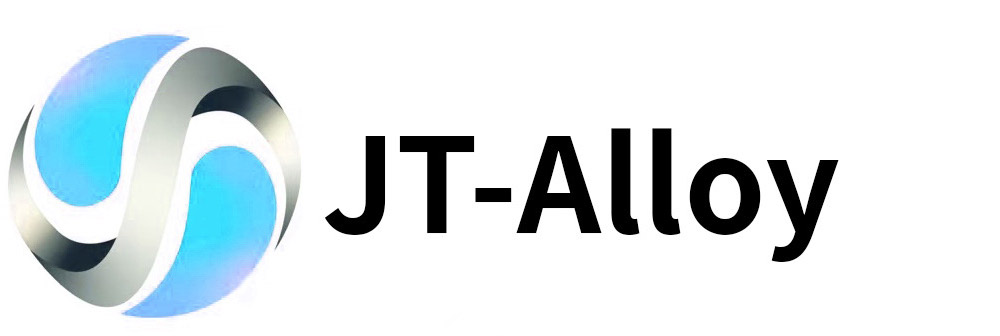4J29 (Kovar)
4J29 alloy is also called Kovar alloy. The alloy has a linear expansion coefficient similar to that of borosilicate hard glass at 20-450°C, a higher Curie point, and good low-temperature structural stability. The oxide film of the alloy is dense and can be well wetted by glass. It does not interact with mercury and is suitable for use in instruments containing mercury discharge. It is the main sealing structural material of electric vacuum devices.
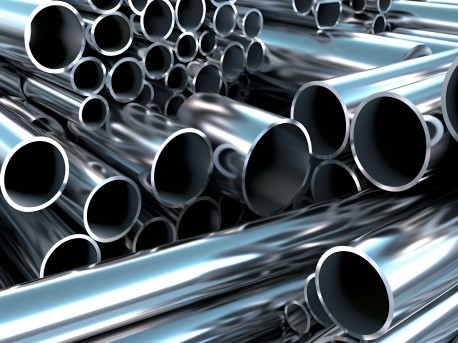

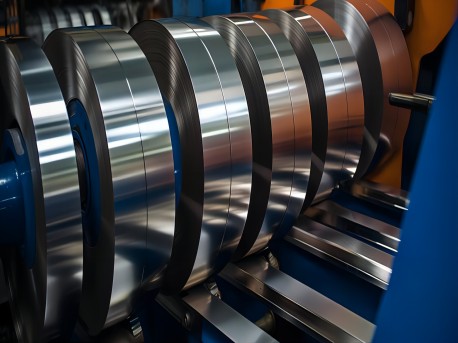
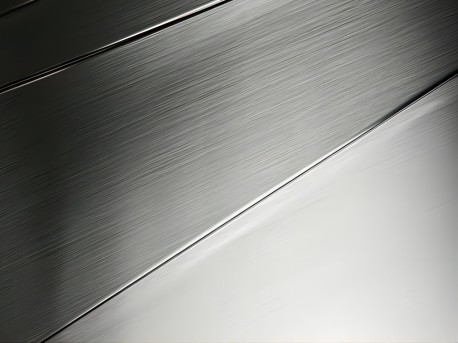
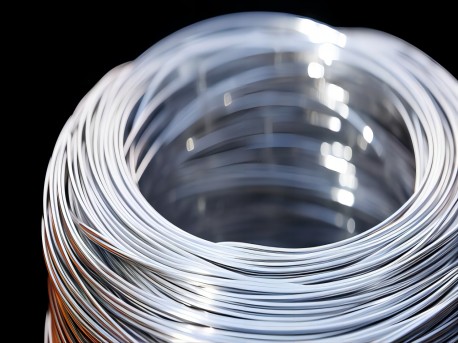
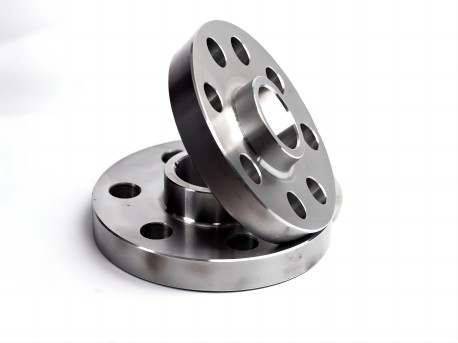
4J29 (Kovar)
Product Description:
4J29 alloy is also called Kovar alloy. The alloy has a linear expansion coefficient similar to that of borosilicate hard glass at 20-450°C, a higher Curie point, and good low-temperature structural stability. The oxide film of the alloy is dense and can be well wetted by glass. It does not interact with mercury and is suitable for use in instruments containing mercury discharge. It is the main sealing structural material of electric vacuum devices.
Physical properties:
density | g/cm³ | 8.25 |
melting point | ℃ | 1450 |
Curie point | ℃ | 430 |
Resistivity | μΩ·m | 0.48 |
tensile strength Mpa | cold state | |
annealing | 520 | |
Yield Strength Mpa | cold state | |
annealing | 330 | |
Elongation % | cold state | |
annealing | 30 |
Extreme chemical composition:
C | P | S | Mn | Si | Cu | Cr | Mo | Ni | Co | Fe |
≤ | ||||||||||
0.03 | 0.02 | 0.02 | 0.5 | 0.3 | 0.2 | 0.2 | 0.2 | 28.5-29.5 | 16.8-17.8 | Balance |
Coefficient of expansion:
θ/℃ | α1/10-6℃-1 | θ/℃ | α1/10-6℃-1 |
20~60 | 7.8 | 20~500 | 6.2 |
20~100 | 6.4 | 20~550 | 7.1 |
20~200 | 5.9 | 20~600 | 7.8 |
20~300 | 5.3 | 20~700 | 9.2 |
20~400 | 5.1 | 20~800 | 10.2 |
20~450 | 5.3 | 20~900 | 11.4 |
characteristic:
It has a stable expansion coefficient. The alloy has a linear expansion coefficient similar to that of borosilicate hard glass at 20~450°C, has a higher Curie point, and has good low-temperature structural stability.
Application areas:
It is widely used in the manufacturing of semiconductor devices and integrated circuits.
It is used as a coating to protect the outer leads, prevent corrosion and ensure weld-ability, and greatly reduces the uniform corrosion of the outer leads.
Used to make electric vacuum components, launch tubes, picture tubes, switch tubes, transistors, sealed plugs and relay shells, etc.
form:
Wire, strip, plate, tube and rod.
